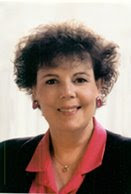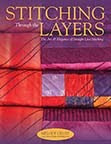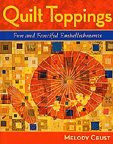
Memorial Day is a US federal holiday wherein the men and women who died while serving in the United States Armed Forces are remembered. The holiday, which is celebrated every year on the final Monday of May, was formerly known as Decoration Day and originated after the American Civil War to commemorate the Union and Confederate soldiers who died in the Civil War. By the 20th century, Memorial Day had been extended to honor all Americans who have died while in the military service.
The practice of decorating soldiers' graves with flowers is an ancient custom. Soldiers' graves were decorated in the U.S. before and during the American Civil War. A claim was made in 1906 that the first Civil War soldier's grave ever decorated was in Warrenton, Virginia, on June 3, 1861, implying the first Memorial Day occurred there. Though not for Union soldiers, there is authentic documentation that women in Savannah, Georgia, decorated Confederate soldiers' graves in 1862. In 1863, the cemetery dedication at Gettysburg, Pennsylvania, was a ceremony of commemoration at the graves of dead soldiers. Local historians in Boalsburg, Pennsylvania, claim that ladies there decorated soldiers' graves on July 4, 1864. As a result, Boalsburg promotes itself as the birthplace of Memorial Day.
Following President Abraham Lincoln's assassination in April 1865, there were a variety of events of commemoration. The sheer number of soldiers of both sides who died in the Civil War, more than 600,000, meant that burial and memorialization took on new cultural significance. Under the leadership of women during the war, an increasingly formal practice of decorating graves had taken shape. In 1865, the federal government began creating national military cemeteries for the Union war dead.

The first widely publicized observance of a Memorial Day-type observance after the Civil War was in Charleston, South Carolina, on May 1, 1865. During the war, Union soldiers who were prisoners of war had been held at the Charleston Race Course; at least 257 Union prisoners died there and were hastily buried in unmarked graves. Together with teachers and missionaries, black residents of Charleston organized a May Day ceremony in 1865, which was covered by the New York Tribune and other national papers. The freedmen cleaned up and landscaped the burial ground, building an enclosure and an arch labeled, "Martyrs of the Race Course." Nearly ten thousand people, mostly freedmen, gathered on May 1 to commemorate the war dead. Involved were about 3,000 school children newly enrolled in freedmen's schools, mutual aid societies, Union troops, black ministers, and white northern missionaries. Most brought flowers to lay on the burial field. Today the site is used as Hampton Park. Years later, the celebration would come to be called the "First Decoration Day" in the North.



















